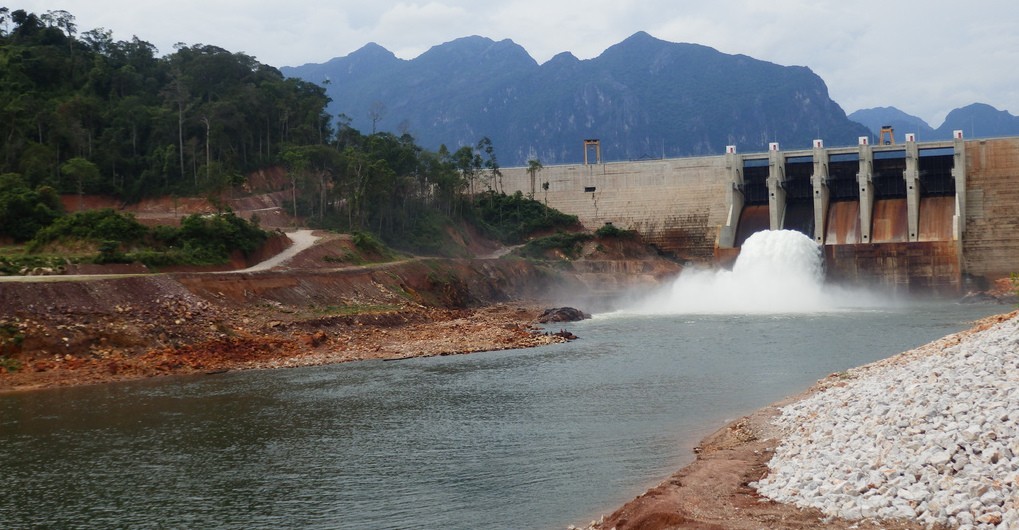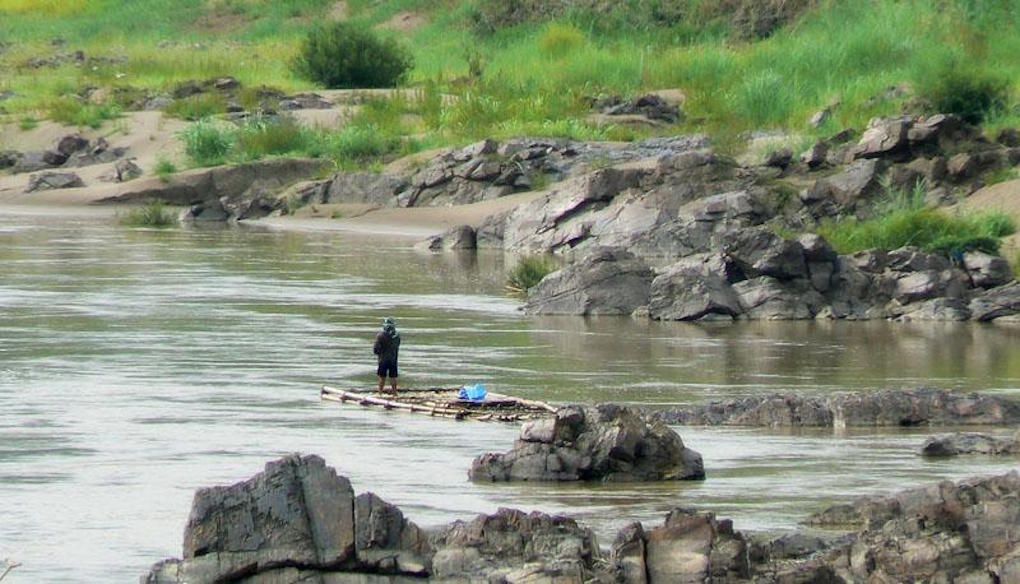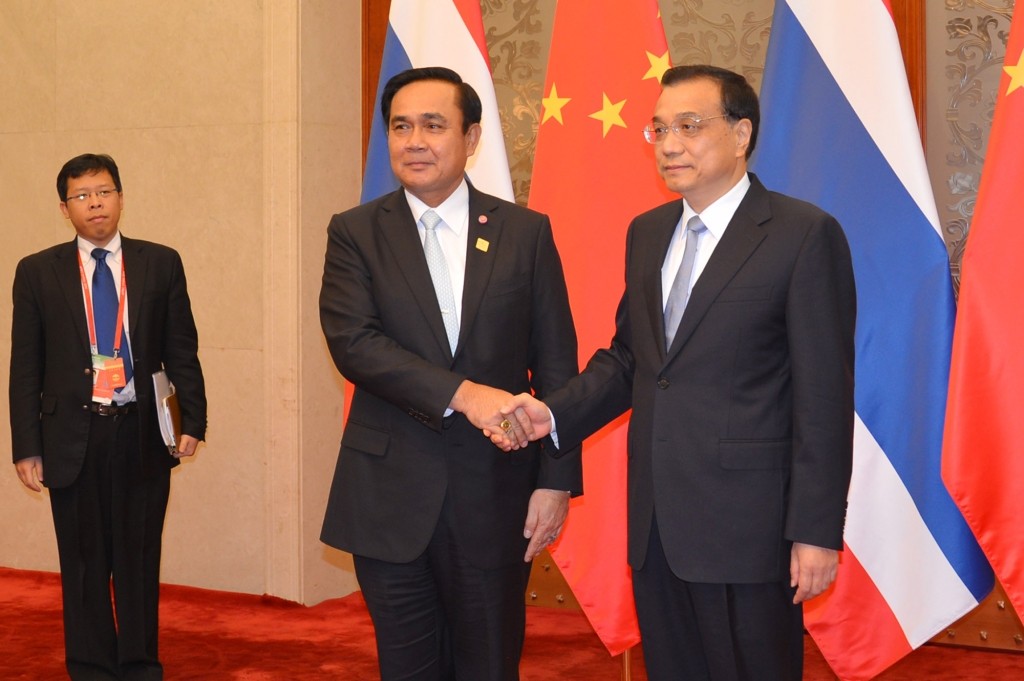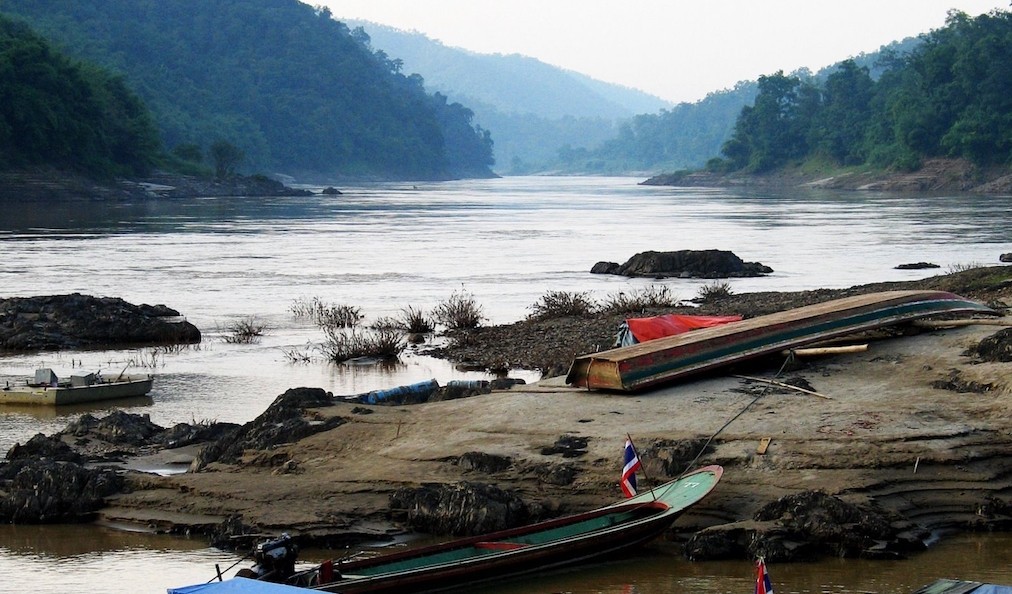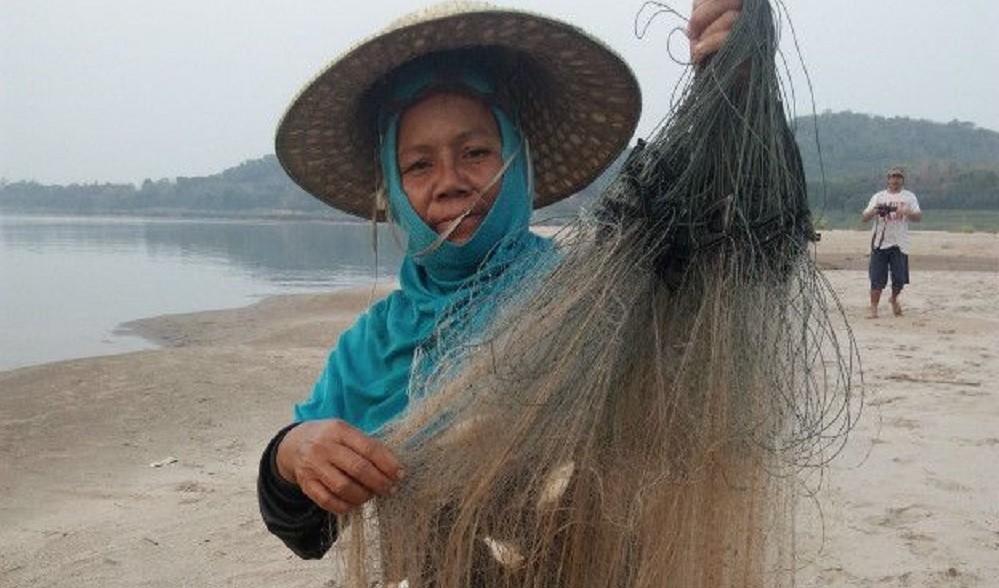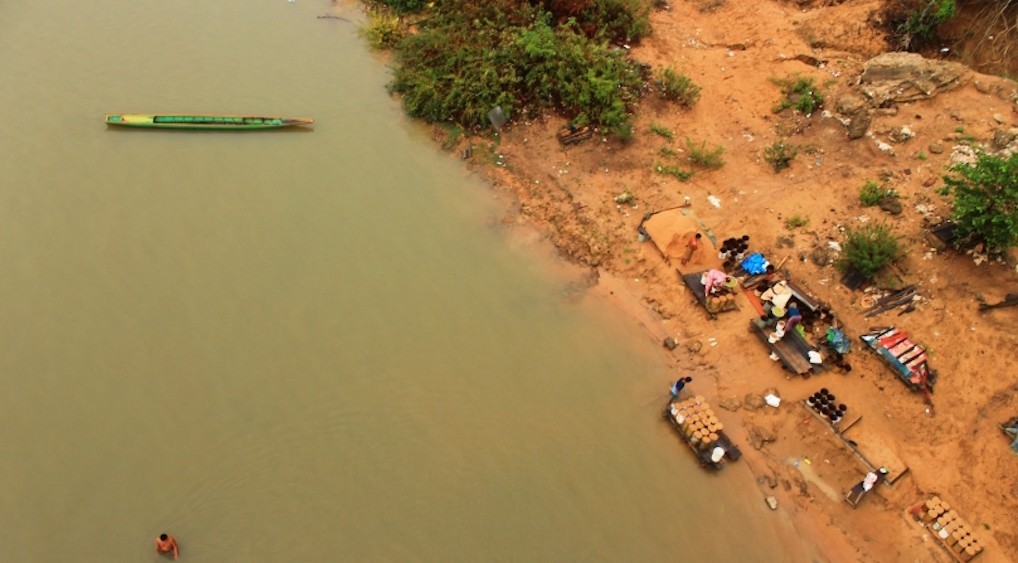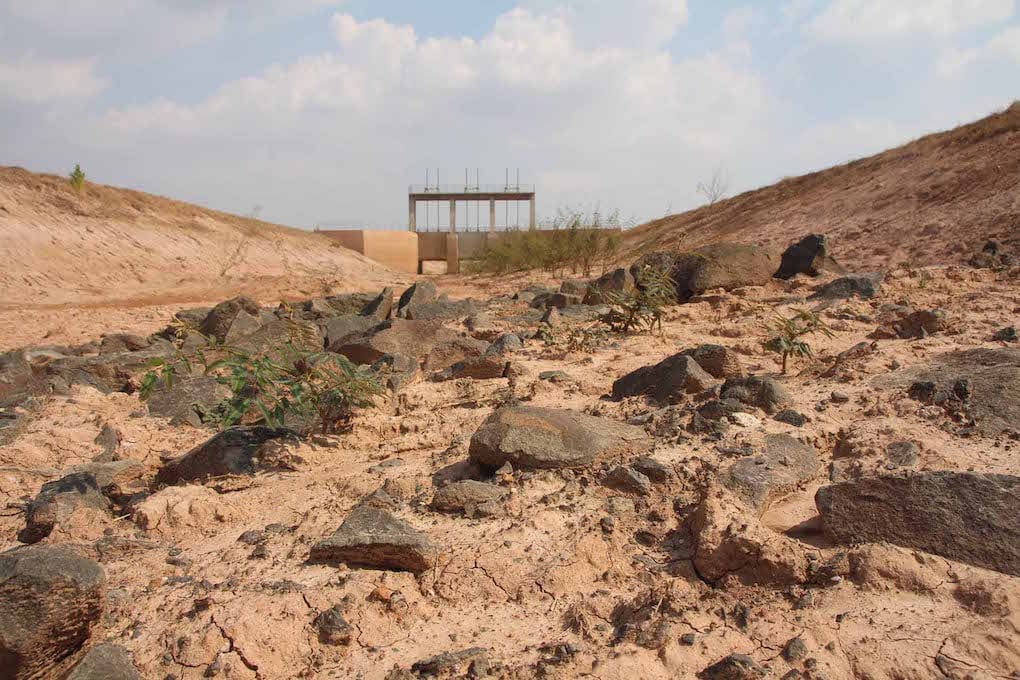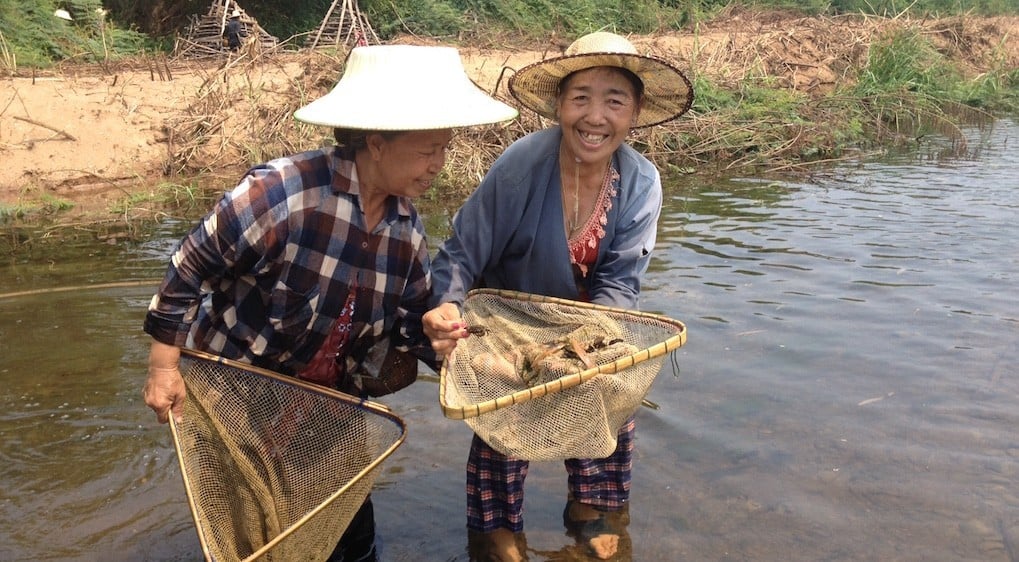Since 1992 the Asian Development Bank (ADB) initiated the Greater Mekong Sub-region (GMS) Program encompassing the five countries and parts of China. As of 2016, over USD 14 billion has been invested by the ADB. The GMS program is another flagship endeavor by ADB under the strategic pillar entitled “regional economic integration”. Furthermore the GMS Regional Investment Framework (RIF) 2013 – 2022 serves as the master plan for over 200 projects with an estimated investment of about USD 50 billion.1
Civil society-led impact studies on ADB funded GMS projects suggest that groups mostly dependent on natural resources bear the brunt of direct disempowerment from practices such as mining, logging, involuntary resettlement and road-building among others. Once removed from their rights of access to their customary resources, the ADB presupposes that affected communities will invariably integrate into new market-based economies. Most often than not, however this is far from the local reality.


